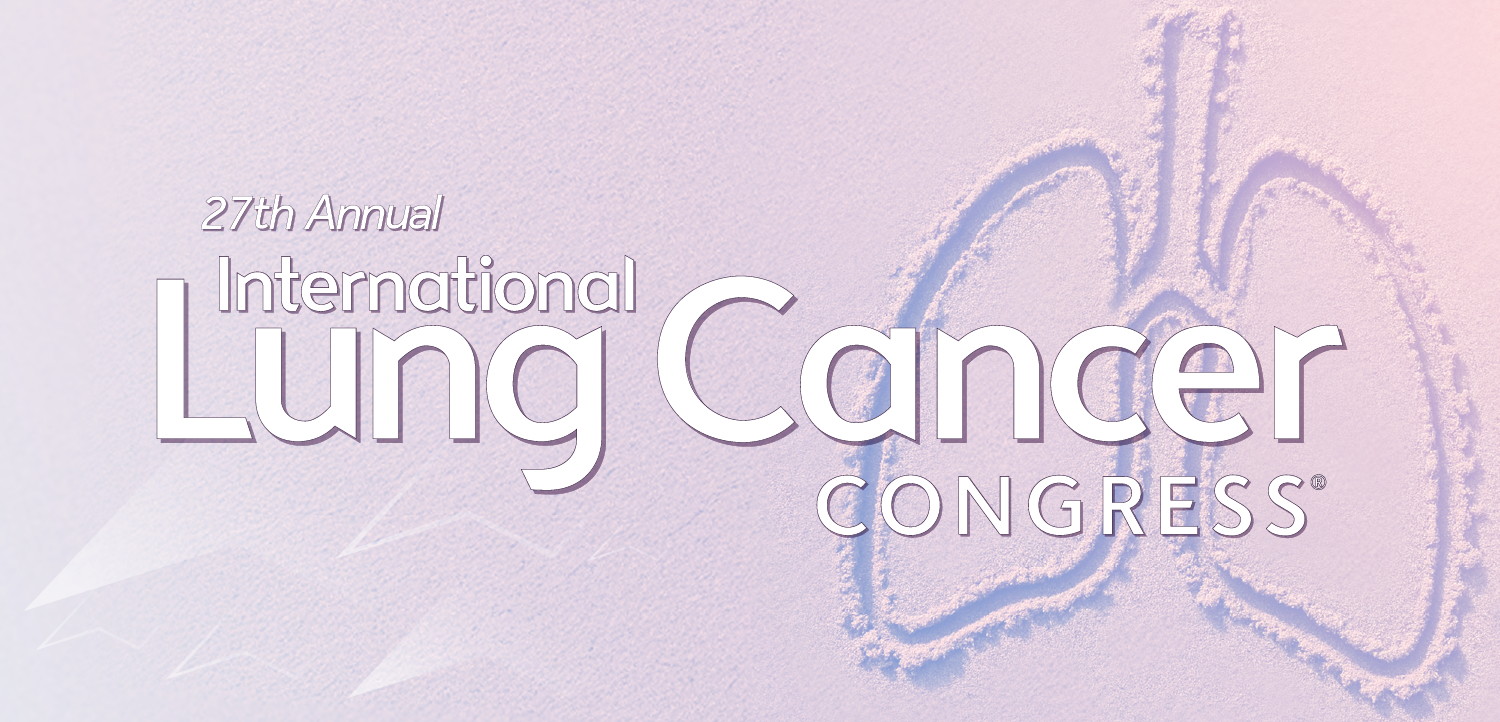Designing a Better Peer-Support Experience for Patients, Caregivers, and Survivors
The process of building digital peer support experiences requires taking in feedback from users and their caregivers to address risk concerns, add new features and continuously improve the user experience.
One of the most important nonmedical supports for people who are diagnosed with a life-changing and/or chronic disease is connection with others in the same situation. Family members and close friends who find themselves stepping into caregiving roles can also benefit from peer support. A look at the numbers shows that there’s a widespread need for this kind of social connection. Nearly 2 million people in the U.S. get
However, peer support for people affected by serious diseases isn’t always available or easy to access, especially for those who want or need to connect digitally, as well as in person, with their support networks. Barriers include a lack of capacity among healthcare providers to develop this kind of support. For example, the process of collecting, sorting, and connecting patients and families manually can be too time-consuming for many providers to undertake. In addition, HIPAA regulations govern providers’ sharing of medical information, creating a compliance requirement for institution-led support groups.
Well-designed digital peer support allows patients to bypass these barriers by establishing the connections themselves and choosing what information to share, rather than depending on a care provider to make those connections for them manually and one at a time. It also has the potential to improve peer support access to traditionally marginalized patient groups. One study of
Unifying and improving a fragmented peer support system
Peer support has evolved organically over time, traditionally organized by care providers and nonprofits. There are hurdles to facilitating these connections, including obtaining permission from participants, scheduling, locating meeting spaces and more. In addition, not all people who need peer support are comfortable with or medically able to attend face-to-face meetings. So, while local in-person groups are a valuable resource, they have a relatively small reach.
Social media would seem to provide a complementary solution because of its wide reach and sharing capabilities. The openness of social media makes it challenging, however, to verify participants’ identities, privacy compliance, and the accuracy of medical information and advice that participants share. One study involving 45 interviews with young adult cancer patients found that these patients “
Understanding the peer support user experience
Designing digital peer-to-peer support experiences for these users requires deep insight into the existing support landscape as well as the particular needs of three user groups: patients, caregivers, and survivors. For example, a
There’s relatively little scholarship to draw on to guide the digital peer support design process. As South Korean design researchers studying senior peer support noted in 2021, “
One organization took a unique approach to designing this kind of experience, starting with research, interviews, listening, and a peeling away of assumptions about what patient and caregiver populations want in terms of support. The
Peer support experience design must also include ways to manage risks. While some risks, like data privacy and compliance, apply to any support group in the health care space, other risks may be specific to the peer group. For example, clinicians in
Refining and redefining peer support
The process of envisioning, researching, and building digital peer support experiences also requires taking in feedback from users and their caregivers to address risk concerns, add new features, and continuously improve the user experience. By identifying the gaps in existing peer support experiences and seeking to understand the specific peer support needs of patients, caregivers, and survivors, designers can create a new kind of digital platform that replicates, builds on, and complements the emotional and practical benefits of traditional peer support groups for people affected by serious and life-changing diseases.
Isa Velarde is an associate design director at
Newsletter
Get the latest industry news, event updates, and more from Managed healthcare Executive.














































